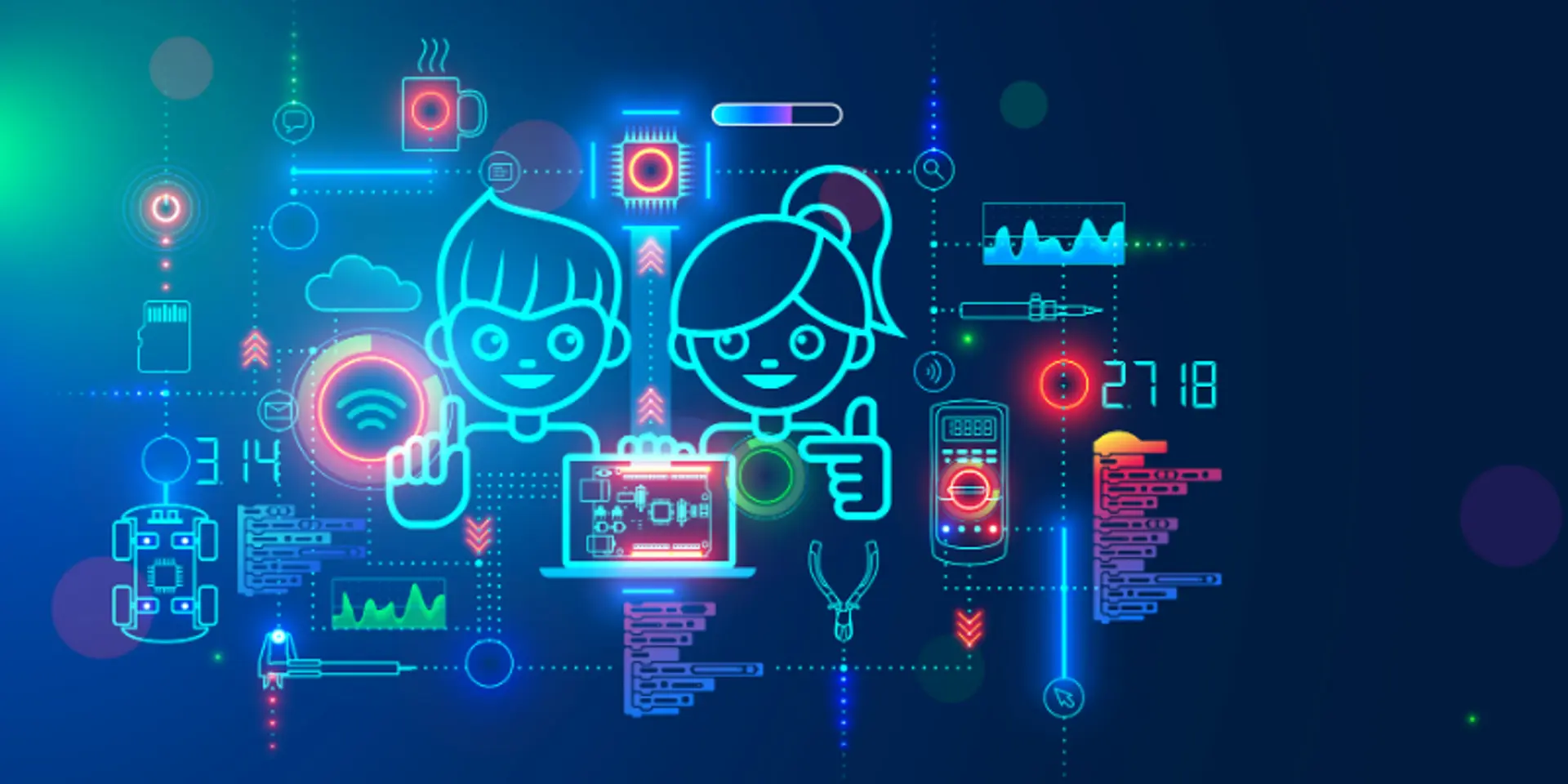How is learning coding and robotics shaping the Indian education system
Exposing children to coding and robotics from a young age helps spark creativity, stimulates critical thinking, imbues a collaborative mindset and opens up a world of opportunities.
Traditionally, education was limited to theory-based learning. Even subjects like science, computers and robots which require extensive practical knowledge were restricted to only theoretical knowledge. However, with the integration of technology into teaching-learning practices, digital classrooms and interactive e-learning solutions are now gaining popularity in the Indian education system.
Schools have started realising the need to keep up with the demands of the tech world and are thus incorporating coding and robotics in the curriculum to make students future-ready. It not only helps to develop students’ interest in science, technology, engineering, art and mathematics but also enhances their 21st-century skills.
Coding and robotics – The stimulators of the new-age learning
When children are exposed to different technological devices, they develop an interest in exploring them. So, if they are introduced to the basics of robotics and programming languages at the right age, it can help to stimulate their creativity and satisfy their curiosity.
Whether it is nurturing creativity amongst learners or motivating them to innovate, coding and robotics are all about empowering learners.
Thus, in order to empower children, the Government of India has established Atal Tinkering Labs (ATLs) in various schools across the country. Under this initiative, students are made to gain hands-on experience to understand the concepts of STEM (Science, Technology, Engineering and Mathematics) subjects and their applications. Moreover, the proposed National Education Policy 2020 also lays emphasis on introducing coding from grade six onwards.
Benefits of teaching coding and robotics
Coding and robotics expose children to a plethora of opportunities and enable them to learn and hone their skills. They include the following:
Out-of-the-box thinking
Coding and robotics foster out-of-the-box thinking by enabling children to give shape to their imagination and make the best use of theoretical concepts.
21st-century skills
Activities like designing robots, programming various movements and finding and fixing bugs enable children to develop several 21st-century skills such as critical thinking, creativity, collaboration and communication.
Perseverance
Designing, developing and programming robots is a challenging task. When children work through complicated situations, they develop a strong and determined attitude to achieve their goals.
Collaboration and teamwork
Creating a robot from scratch requires students to take responsibilities and work in a group. This promotes a collaborative learning environment and students learn to work in teams.
Decision-making ability
There is no fixed method of designing and programming a robot. Therefore, students should be encouraged to think of various possibilities, analyse and use logic and reasoning to come up with the method best suited to their skills. This, in turn, will enhance their decision-making ability and empower them to become independent decision-makers.
Problem-solving ability
Achieving 100 per cent success in designing and programming the robot in the first attempt might not always be possible. Therefore, students should be encouraged to think differently to fix the problems. This will help to develop their problem-solving skills.
Application of knowledge
A subject becomes interesting when theoretical knowledge is complemented with hands-on activities. Thus, it is essential to include practical applications, along with theoretical knowledge, to explore robotics and coding. This makes it easier for students to understand the concept and intricacies of robot programming.
Interdisciplinary learning
Robotics and coding go hand-in-hand. In order to develop a fully-functional robot, it is essential to have knowledge of both robotics and programming. This provides students with a good opportunity to gain command over STEM subjects which makes robotics interdisciplinary in nature.
A plethora of career paths
Since robotics involves various principles of mechanical and electrical engineering as well as IT skills, it opens a plethora of career opportunities for children based on their interests.
Thus, including coding and robotics in the K–12 curriculum empowers students to think differently, understand the STEM subjects and concepts better, thereby laying a strong foundation for learning and making students future-ready.
(Disclaimer: The views and opinions expressed in this article are those of the author and do not necessarily reflect the views of YourStory.)








